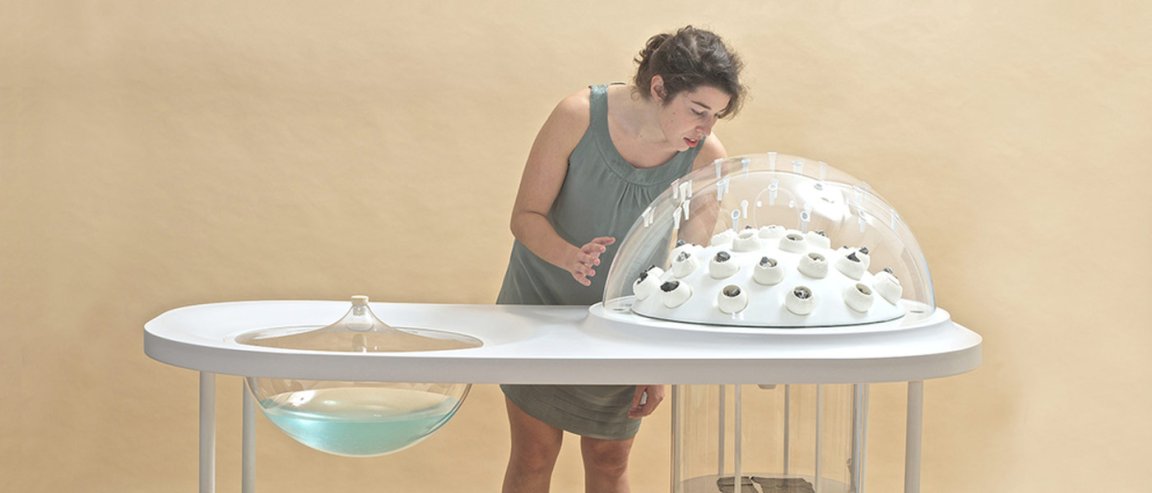
Waste Management
Fact—the world is having a hard time managing the volume of waste that we generate. In fact, specific to plastic trash alone, a report estimates that the number of fish in the Earth’s oceans will be outweighed by plastic waste in the next 35 years. And by 2050, the world will be producing three times as much plastic as we did in 2014.
Technology is now being used to address this. For instance, China has just unveiled their intent to build the biggest waste-to-energy plant in the world. But while it addresses the trash management problem for the country, it also means that the factory will likely be producing and releasing a great deal of carbon dioxide into the atmosphere—an even more unwanted byproduct of human industry.
To that end, an idea started to take shape after a team of researchers from Yale University discovered a type of mushroom in the Amazon called Pestalotiopsis microspora, which could break down polyurethane (which is the main ingredient used to make plastic). Furthermore, it is known that two other fungal species—Pleurotus ostreatus and Schizophyllum commune—also have a penchant for munching on plastic materials.
“We were both really inspired about the idea that something digests plastic but then still creates edible biomass,” one of the inventors, Austrian designer Katharina Unger, told Kaleigh Rogers at Motherboard.
And thus, the Fungi Mutarium was born.
Fungi Mutarium
The device itself—which is actually rather slick and futuristic-looking (see video above)—resembles a kind of plastic terrarium, and contains a hemispherical dome implanted with white cups made of sugar, starch, and agar, a seaweed derivative. In other words, fully edible materials.
Slices of plastic, which have been previously sterilized by UV light, are placed in the mutarium, and the fungal plastic-eaters—P. ostreatus and S. commune—are dropped into the white cups. The mycelia (roots) of the fungi spread out and seek their nourishment in the plastic substrate and the nutrient-rich walls of the cups.
The device has actually been in development for a few years, but now Unger is expanding the study and working with microbiologists to study how many different types of mushrooms they can use, and whether that can lend itself to improving the efficiency of the decomposition process.
To achieve this, temperature, humidity and microclimates have to be optimized so that the fungi can “colonize the plastic material.”
“In just a few weeks, fungi begins to grow out of the pods, using the plastic to feed its development,” Fiona MacDonald explained back in 2014. “After several months, the plastic will be completely decomposed and you’re left with nothing but an agar cup filled with edible fluffy white mycelium.”

And while the thought of munching on mushrooms that you know came from plastic waste seems a little out there (or downright unappetizing) note that because mushrooms will inherently reject the toxic components of plastic, it means they will be safe to eat.
In theory at least.
The study has yet to be published or peer-reviewed, and it will certainly have to undergo intense testing before this device hits the market—if it ever does.
Still, it’s an exciting prospect, and if successful, it means we could be processing our plastic waste in our own homes and generating from it an edible product.
As long as you’re willing to make truffles and puffballs a steady part of your diet.